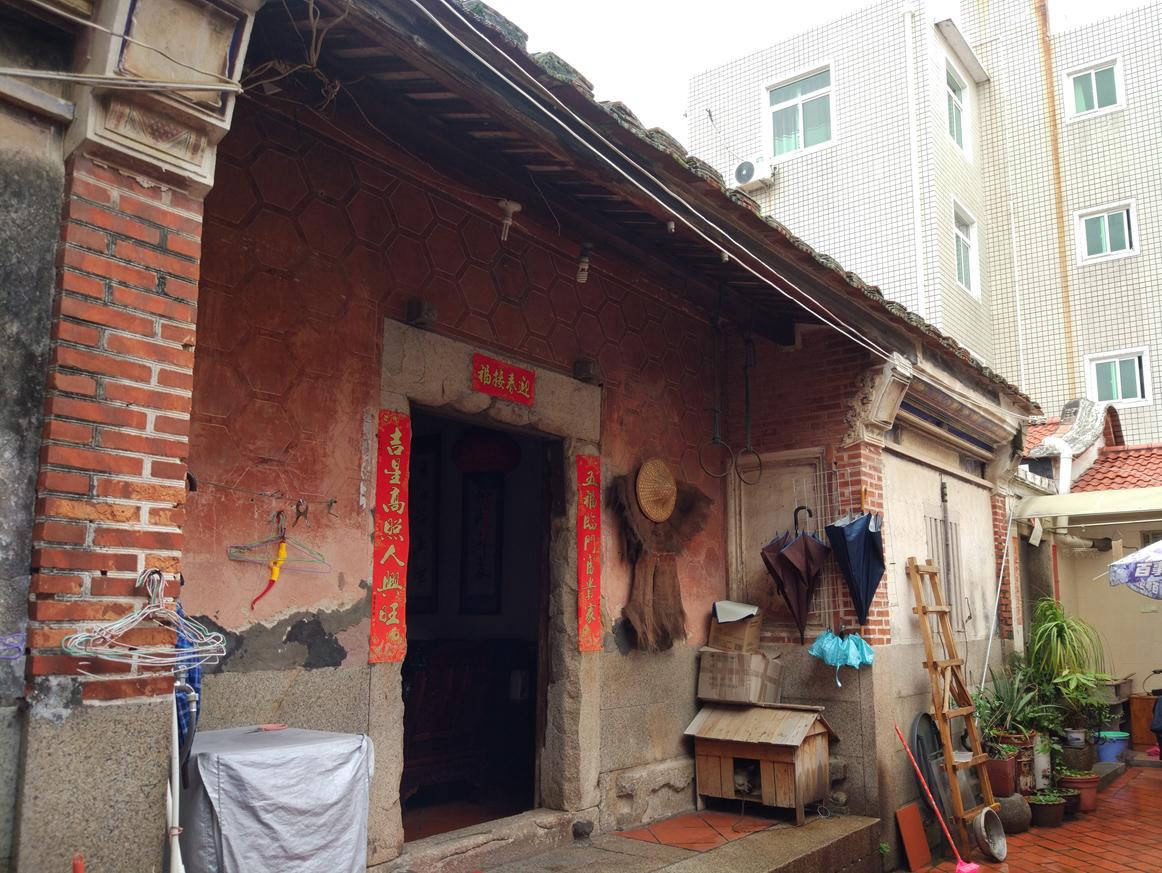
Culture
09:58, 02-Sep-2017
Enchanting Xiamen: From bait to boom in Zengcuo’an
By CGTN's Tianran He, Li Jingsi

Overlooking the ocean and an unusually busy bit of beach, Zengcuo’an is Xiamen’s answer to fashionable day-and-night-spot Nanluoguxiang in Beijing.
Consisting of a maze-like web of alleys that meander and branch off from one another, it’s at once loud, brash, funky, and unique.
Some might say it’s commercialization at its best (or worst); a cacophony of food stalls, pearl hawkers, froyo vendors and knickknack stores all vying for your attention through flashy banners, blaring megaphones and store staff fist-pumping to Eurotrash dance numbers.
Urban revival

A mishmash of colors and styles at Zengcuo'an. /CGTN Photo
A mishmash of colors and styles at Zengcuo'an. /CGTN Photo
Zengcuo’an was just another sleepy fishing village on the southern side of town before it transformed into a bustling center.
Thanks to its cheap rent and relative proximity to Xiamen University, it became popular with struggling students and boho artists who started businesses like cafes and galleries.
Later, with the completion of Huandao Road, a scenic ring road that skirts the ocean, Zengcuo’an became a fully-fledged tourist destination. Rents skyrocketed, and the poor fishermen-cum-landlords got rich.

Seafood galore. /CGTN Photo
Seafood galore. /CGTN Photo
Today there are still traces of Zengcuo’an’s past. In fact, you can’t walk two steps without seeing (and smelling) sizzling oyster skewers with their smoky aroma, football-sized conches topped with garlic, ginger and shallots, and the local favorite: sea-worm jelly.
It looks exactly how it sounds: Pale, pinkie-sized worms frozen inside a gelatinous dome along with coriander, ginger and wasabi. Shuck it like an oyster, and you’ll find it tastes surprisingly refreshing.
Link to the past
Though many of the old fishermen’s homes have since been renovated and turned into B&Bs and youth hostels, there remain some holdouts.

The Cai's have lived here for centuries. /CGTN Photo
The Cai's have lived here for centuries. /CGTN Photo
Around the corner from a DIY pottery shop is Jin Men Da Zan, a courtyard home belonging to the Cai family, dating back to the late 19th century.
It’s a good example of typical Minnan architecture, with flourishes such as upward-curving "swallowtail" eaves. The family-owned courtyard is at once a private museum, tea-house and kitchen, offering visitors the chance to sample the local cuisine – in fact, the inventor of bobing – basically a super-sized spring roll – was a member of this clan.
So, despite Zengcuo’an’s rather a gregarious exterior, there’s still plenty of authenticities underneath – you just need to know where to look.
If you like what you see, be sure to tune in for our “Enchanting Xiamen” series, broadcasting every day from September 3 to 5 on CGTN. Travelogue is a 30-minute features program that takes viewers on unforgettable adventures across China. It airs on Sundays at 7:30 a.m. and 4:30 p.m. BJT (00:30 & 09:30 GMT), with rebroadcasts on Mondays at 2:00 a.m. (Sunday 19:00 GMT) and Thursdays at 1:30 p.m. (06:30 GMT).
1730km

SITEMAP
Copyright © 2018 CGTN. Beijing ICP prepared NO.16065310-3
Copyright © 2018 CGTN. Beijing ICP prepared NO.16065310-3